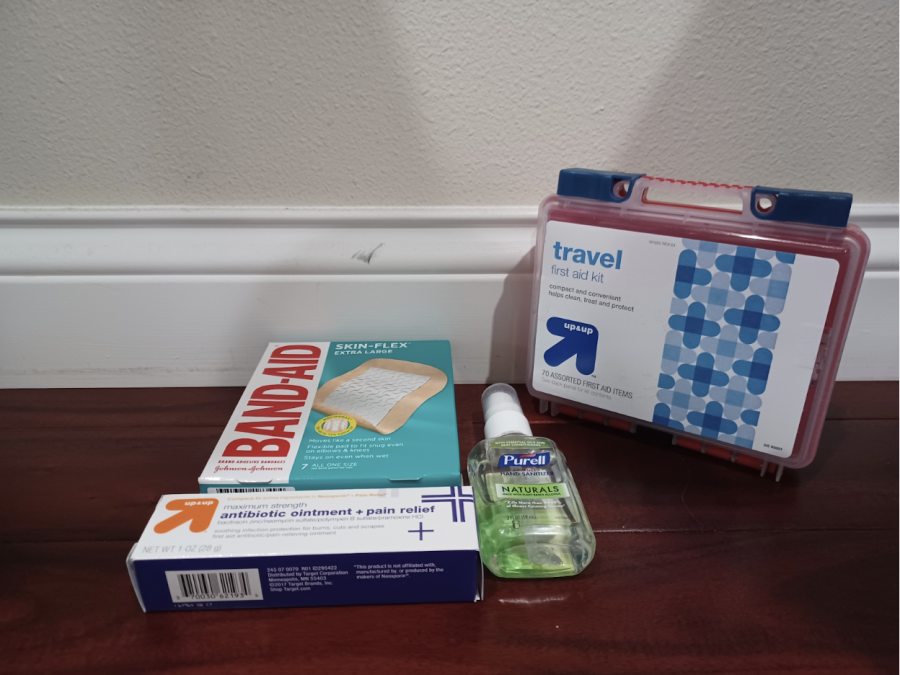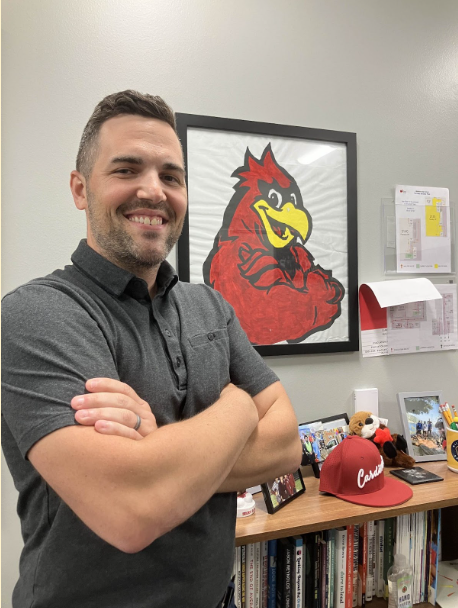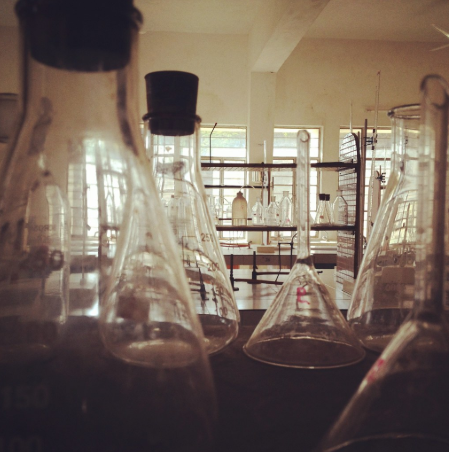What to Do if you Fall Down and Start to Bleed: A Guide to First-Aid
Picture of a variety of First-Aid products bought at Target that are useful for First-Aid. All products were bought separately
May 29, 2023
Imagine it is a bright, sunny day and you are biking along a trail when you lose balance and fall over. As you get up, you realize there’s a cut on your leg: What should you do?
First aid is a vital skill for people to learn, and it can be life saving. According to Dr. Ravi Viswanathan, an allergist at UW, “[It is] important to stop bleeding, address and prevent [the] onset of infection, provide enough initial care to stabilize patient[s] before going to [a] doctor and minimize further injury and damage to [the] body.” It is not necessary to have formal training in first aid, but it is a good tool to have in your back pocket.
There are many wounds that can be addressed in first aid, one of the most common injuries being an open wound. An open wound is any wound with a break in the skin, for example, a cut or scrape. Here is a step-by-step guide on how to handle an open wound injury:
1. Don’t Panic
Panicking might make things worse, by either distracting you or in some cases, leading to hyperventilation, so it is important to stop and take a couple of deep breaths. Chances are, you are not bleeding enough for your injury to cause immediate harm to you. Asha Chakravartula, a freshman certified in FAST, or First Aid for Severe Trauma agrees: “It’s really important to stay calm and assess the injury first,” she said.
2. Watch the Wound
It is also important to watch for the kind of flow and amount of bleeding that occurs.
3. Amount: If there is a lot of blood and it is flowing consistently, call 911 and/or a trusted person nearby to help you put pressure on the wound to stop the bleeding. Putting pressure on a wound prevents blood loss. This is important because blood is needed to circulate oxygen and other nutrients to your body. Make sure that the pressure is firm and constant. This may hurt, but it is necessary.
4. Flow: If the wound is spurting blood, it means you have cut an artery (the rate of the spurts of blood match your heart rate). Follow the instructions above to stop the bleeding and wait for help to arrive.
If it is available, a tourniquet (a “bandage” that is tied tightly to cut off blood flow to your extremities — only to your arms and legs) would also be useful, but it is probably unlikely you would be carrying one around with you on day-to-day trips.
If the bleeding is life threatening, it is crucial to get help and address the wound immediately.
However, it’s likely that a small fall will produce a smaller, more manageable injury. If the injury isn’t causing a large amount of bleeding (usually determined by whether or not it can fill a half soda can, according to the Red Cross) or spurting, follow the directions below:
1. Get to a Safe Spot
Do not stay in the middle of a trail or road where there is going to be traffic or constant action. Get to a safe place and make sure that you have the equipment you need:
- A band-aid (size depends on the size of the wound)
- Rubbing alcohol (or alcohol wipes) or some soap and water
- Topical antibiotic (if there is any available)
Disclaimer: This stuff will hurt.
2. Clean the Wound
Making sure a wound is clean helps prevent infection (infection is not good). It also helps the body fix and heal itself without things getting trapped inside. To do this, either wash the wound with soap and water (preferably) or with some rubbing alcohol. This will sting, but it is good for you.
3. Use the Antibiotic
The use of topical antibiotics is not necessary unless the wound seems deep. However, if the cut seems deep or problematic enough that it might take a while to heal and could get infected, it is a good idea to use a topical antibiotic. Dr. Viswanatham corroborates this idea, saying that “[A] Healthy immune system will handle most [wounds] on its own.”
4. Cover with a Band-Aid
This is pretty self-explanatory. Use a band-aid that covers most of the wound. Make sure not to stick the sticky part over the wound itself (that will hurt).
Hopefully, this is a helpful and quick guide to solve some of these smaller first-aid issues that come with spending time outside during the summer. But the best way to solve these problems is to be careful and not get hurt in the first place. Have a great, and safe, summer!
Note: Information on life-threatening bleeding was collected from Red Cross’ FAST Training and information on small open wounds was collected from Dr. Ravi Viswanathan. The article was reviewed for corrections by Asha Chakravartula.














